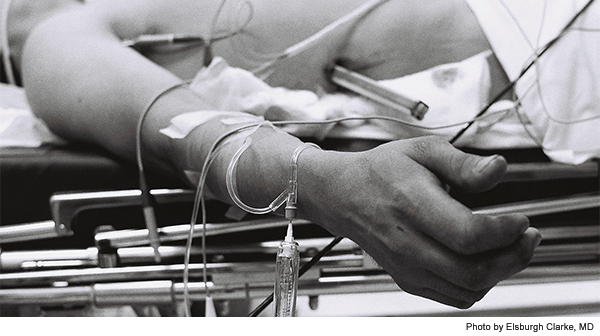
ACEP seeks resolution to limitations on procedural sedation in the ED, renews call to allow EM physicians to provide individualized sedation treatment for each patient
Explore This Issue
ACEP Now: Vol 33 – No 02 – February 2014Emergency physicians are being forced by their hospitals to deliver substandard care when administering sedation to their patients. This in no way reflects a lack of training or experience on the part of emergency physicians but instead is the result of variable interpretation of rules and regulations. In the January issue of ACEP Now, ACEP Council respondents to a survey revealed that emergency physicians have been forced to provide substandard care 36.2 percent of the time due to limitations or restrictions placed on their ability to provide conscious or procedural sedation. These restrictions do not allow emergency physicians to practice as they would like 43.8 percent of the time and are promulgated by sources external to emergency medicine 53.9 percent of the time. For 85.5 percent of the respondents, limitations on nursing scope of practice prohibit emergency-department (ED) nursing from “pushing the plunger” when certain sedation drugs are ordered, thus requiring physicians, who are less qualified than nursing, to administer (draw up and push) medications. Restrictions on medication administration are under the purview of the nursing scope of practice; however, these restrictions clearly impact our practice. Having to push medications diverts physicians’ attention away from performing procedures and distracts them from monitoring patients.
Pages: 1 2 3 | Single Page





No Responses to “Guidelines On Administering Sedation to Patients Unnecessarily Restrictive for ED Physicians”